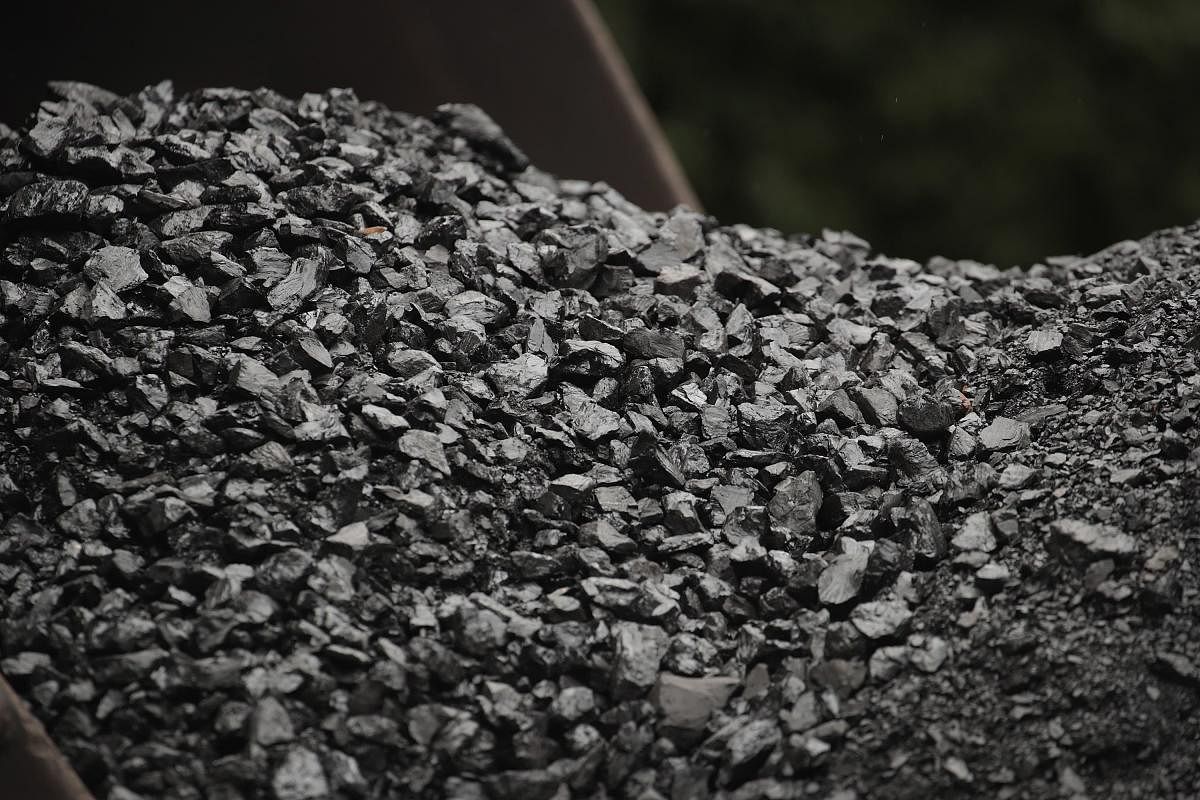
Prime Minister Narendra Modi recently launched auction of 41 coal mines for commercial mining and said the Indian economy is recovering fast amid COVID-19 outbreak. He wanted India to be the net exporter of coal and reiterated that coal auction was taking place at a time when business activity was recovering fast, with consumption and demand moving rapidly towards the pre-COVID levels.
Coal-based power production cost was the minimum until in 2017, the cost of solar power production became competitive. Thereafter, solar power tariff was Rs 2.62 per KWh, which was 20% lower than the coal-based power of National Thermal Power Corporation Limited (NTPC). Subsequently, because of increase in cost of mining and transportation, tariff of coal-based power further increased whereas solar and wind power production cost remained stable, if not decreased.
Coal is the single largest source of air pollution and Carbon dioxide (CO2) in India. Out of the total CO2 emissions, 50% comes from coal burning. Further, 60% of particulate and 50% of Sulfur dioxide (SO2) of all industrial emissions come from coal-based power plants. It leads to human sufferings and diseases and if the cost of the healthcare is added, coal power tariff would be still higher.
In this scenario, private players do not prefer to establish coal-based new power plants. Two-third of such plants established in this country in 2019 are based on renewable energy--solar power and wind energy. Globally, our coal based-power cost is also not competitive. May be we have been importing coal for such plants. However, we should be able to cut the cost if we utilise our own coal. Export of coal to other countries may face a similar challenge as they may have to keep their cost down to be comparable to the cost of solar power production.
Coal deposits are located in central and eastern part of India. There are about 25 districts in Odisha, Jharkhand, Chhattisgarh, Telangana and West Bengal which are rich in these deposits. I had the opportunity to serve eastern region of Ministry of Environment and Forests, Government of India, and visit a number of coal fields in Odisha, West Bengal and Jharkhand. Coal districts are polluted and backward and have the worst human development indicators.
While I understand that the economic development and employment opportunities in these districts will have to be based on coal, the question is whether it is sustainable. Coal reserves are underneath areas covered by very good quality forests.
Mining cannot be done without destroying the forests. The stimulus of Rs 20 lakh crore announced by Finance Minister Nirmala Sitharaman during the lockdown for the revival of economy includes Rs 50,000 crore for infrastructure development of the coal sector. It would necessarily need the destruction of more forests.
Coal India Limited has been doing opencast as well as underground mining. Both are pollution hazards and inflict damage to the environment. There have been frequent reports of fire in underground mines especially in Jharkhand and West Bengal, which take months to control.
There were days when fires could not be controlled in Jharia coalfield near Asansol for six months. The instances of miners trapped in fire and getting perished resulting in very big human tragedy is not uncommon. Opencast mines and transport of minerals till the railhead produce dust and sound, detrimental to the health of local population.
For the development of the regions with coal reserves, we must find alternatives and dependency of population on coal extraction must be phased out. Cost of coal-based power being higher than the cost of renewable energy, investment on coal infrastructure will lock our economy for several years.
Opencast mines
Forests are not only destroyed for open cast mines and infrastructures but are also damaged in areas with underground mines. During my visits to Dhanbad in Jharkhand and Asansol in West Bengal between 1993 and 1997, I found that forest lands had sunk where there were underground coal mines, the roots of the trees were disturbed and trees had dried up.
We have recently seen the damages inflicted by super cyclone Amphan in Kolkata and Nisarga in Mumbai. Several reports from United Nations Inter-governmental Panel on Climate Change have warned us against global rise in temperature and have also linked it to climatic catastrophes hitting the regions with increasing frequency and which are also more destructive.
For the first time, the Ministry of Earth Sciences has come up with a similar scientific report for Asian sub-continent and projected 4.40 Celsius average rise in temperature by the turn of the century. This report is edited by Indian Institute of Tropical Meteorology Pune. The study has accessed the data from 1986 to 2015 and has concluded that during 30 years, the temperature of the warmest day and coldest night has risen by .630 C and .40 C, respectively.
The study has also added that by the turn of the century, heatwaves would be three to four times more frequent than what it used to be 30 years ago; sea levels would rise by 30 cm with reference to the level in 1990. In business as usual condition, the report projects that the temperature of the warmest day and coldest night would rise further by 4.70 C and 5.50 C, respectively, by the turn of the century.
Climatic conditions are worsened by greenhouse gas emissions and we are not doing enough to grow trees for the sequestration of carbon from the atmosphere. Despite so many warnings from nature, we are increasing coal mining and improving the related infrastructures.
The compensatory afforestation in lieu of forests diverted for coal projects have generally failed everywhere. In other words, we plan to emit more CO2 in the atmosphere and do not plan to conserve forests and grow trees for carbon sequestration. We must do serious thinking if we are to avert climatic catastrophes.
(The writer is former Principal Chief Conservator of Forests, Karnataka)